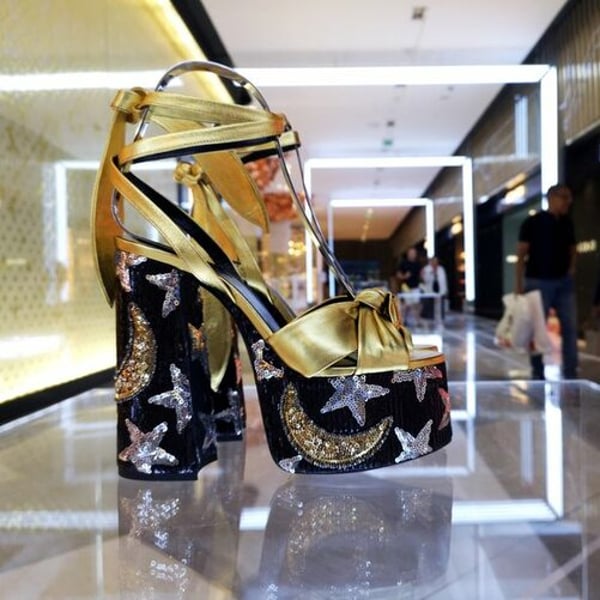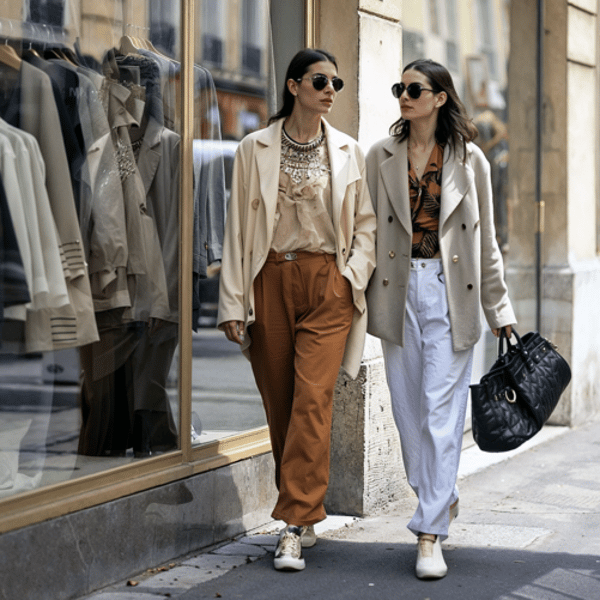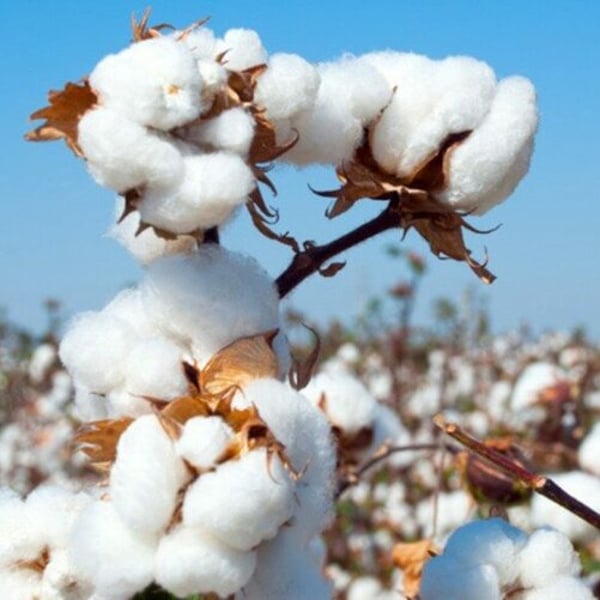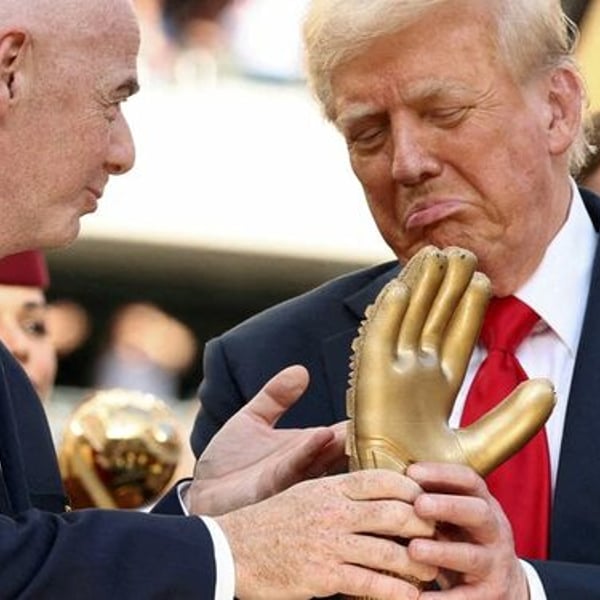By
Reuters
Published
June 26, 2025
With Middle East airspace reopening and a U.S.-brokered ceasefire between Israel and Iran appearing to hold, the luxury sector continues relying on the region’s wealthy shoppers to help offset weakness in its main U.S. and Chinese markets — for now.
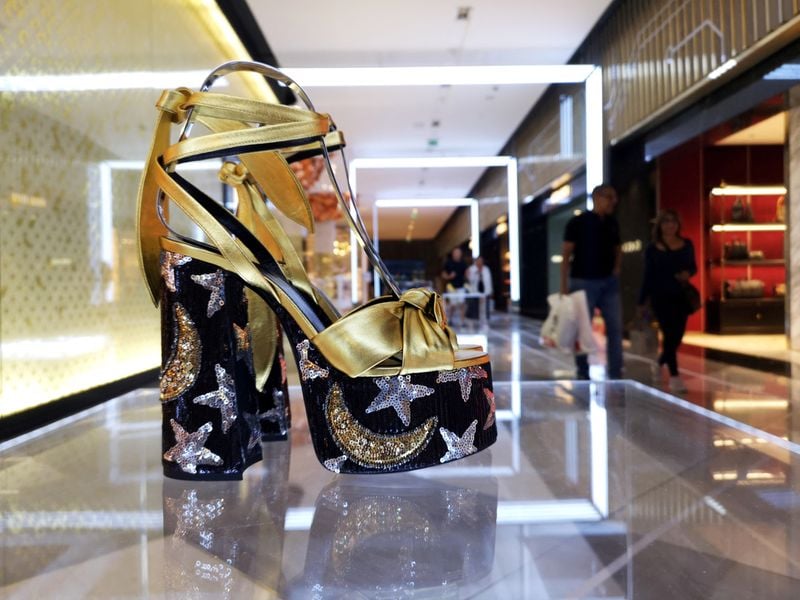
The Middle East, helped by strong tourist flows and local wealth, has bucked a recent global slowdown in luxury sales that is expected to deepen this year, with some brands growing sales there at double-digit rates.
Luxury sales in Gulf countries were up 6% to $12.8 billion of the nearly $400 billion market last year, outpacing a global drop of 2%, with strong appetite for high-end fashion, jewelry and beauty products, retail consultant Chalhoub Group said.
However, that trade is heavily dependent on the region’s burgeoning tourist market, with consulting firm Bain estimating that some 50–60% of the Middle East’s luxury sales come from tourists.
This month’s outbreak of an air war between Israel and Iran emphasized the ongoing risks in a region where unrest was already simmering, with airlines canceling flights and rerouting planes following Israel’s strikes against Iran on June 13 — measures that are now being unwound.
“At this point, we have not adjusted our long-term growth forecast, as we continue to see considerable potential in the region,” said Federica Lovato, senior partner at Bain.
“However, short-term volatility has increased in the last few weeks and may continue, depending on how the situation develops.”
The region is an important hub for travel spending, favored by Russian oligarchs and wealthy Asians alike, and has increased in importance since Russia’s invasion of Ukraine triggered sanctions and the rerouting of flights between Europe and Asia from more northerly routes to the Middle East.
It also serves as a gateway for high-end brands to reach wealthy shoppers from India, where high tariffs have kept companies like LVMH from expanding store networks.
Max Heinemann, co-CEO of travel retail group Gebr. Heinemann, which recently expanded into Saudi Arabia and operates airport fashion retail stores carrying luxury brands in Jeddah, said the region’s travel market has shown long-term resilience despite unrest. He remains optimistic. “Dips may occur, but long-term growth is expected,” he said.
At Prada, first-quarter sales in the region rose 26% year-on-year, while Hermès’ sales there were up 14%.
High-end fashion and jewelry brands have been opening new stores and hosting splashy events. Milan-based menswear label Zegna this month took its spring collection to the opera house in Dubai, the region’s leading luxury hub, for a catwalk show set in an elaborate space evoking an Italian villa.
Elie Saab celebrated its 45th anniversary with a show in Riyadh last November, featuring a performance by Celine Dion.
Dior, Saint Laurent and Valentino opened stores in Bahrain last year, while this year, Louis Vuitton brought guests to the Dubai desert for a dawn meal, and Chanel hosted a dinner in Abu Dhabi tied to a high jewelry launch.
But maintaining visitor numbers to Middle Eastern destinations will be vital to bringing shoppers through the doors. Luxury travel agency Global Travel Moments said that for now, its long-term travel volumes to the Middle East have been unaffected by the latest unrest.
However, given recent events, there is currently “certainly more caution” before finalizing trips to the broader Middle East, it said.
© Thomson Reuters 2025 All rights reserved.



